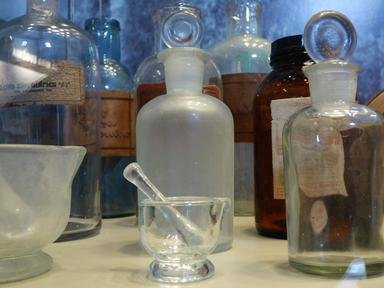
Metals Denser Than Lead at Room Temperature (Pt 1) Quiz
Lead (Pb) has a density of 11.34 grams per cubic centimeter at room temperature. Increases in temperature (such as into molten lead) decrease the density slightly because of thermal expansion. There are 22 metals that are denser than lead.
A collection quiz
by Billkozy.
Estimated time: 3 mins.
- Home
- »
- Quizzes
- »
- Science Trivia
- »
- Chemistry
- »
- Mixed Elements